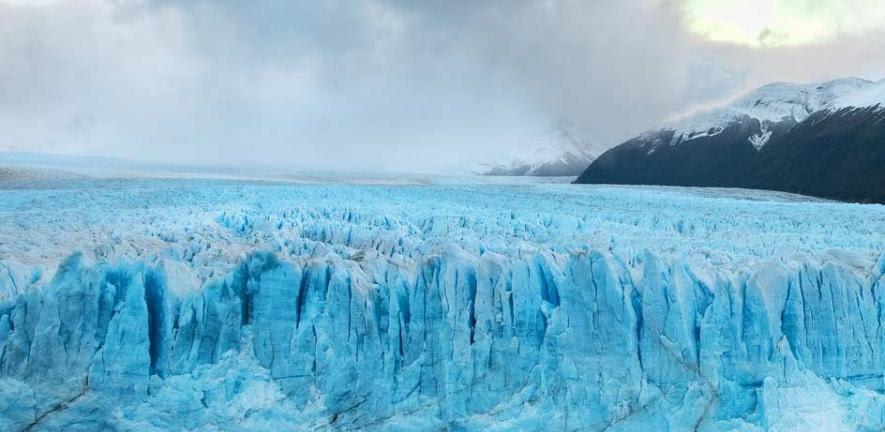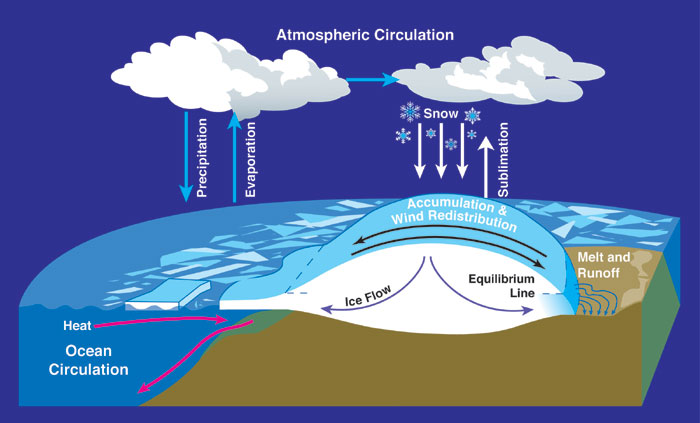Since the Earth has not experienced an ice age for about 11,700 years, human civilization has been able to develop in an interglacial period. During the history of the Earth, ice ages are the most common, they lasted more than 100,000 years until the end of the Quaternary about 126,000 years ago, against less than 20,000 years for interglacial periods.
The alternation between two ice ages depends on the Earth’s orbit and is characterized by parameters specific to the cyclical variations of the Earth’s climate, called Milankovitch parameters, and to study these climatic phenomena, scientists analyze the isotopic composition of oxygen in rocks at the bottom of the oceans.
Researchers have tried to model this alternation more precisely by targeting the transition phase between the last glaciation and the current period. A study, published on the website of the American Institute of Physics, AIP Publishing, shows that the transition between the last ice age, the Würm Glaciation, and the current period was relatively abrupt. To analyze the climate, the study focused on the Milankovitch parameters that were established in the late 19th century by Frenchman Joseph-Alphonse Adhemar, British James Croll and Serbian Milutin Milankovitch.
According to the three scientists, the characteristics of the Earth’s orbit, such as its eccentricity or shape, its obliquity or inclination, and the precession to which the axis of rotation is subjected when the Earth rotates on itself, can explain the natural variations of the climate, without any link with global warming.
The model presented in this last study aims to test one of the characteristics defined by the Milankovitch parameters. This is the one stipulation that abrupt glacial terminations occur in synchrony with an increase in solar radiation received in summer in the Northern Hemisphere due to orbital forcing.
Glacier mass balance and atmospheric circulation. By NASA. From Wikimedia Commons.
To explain the rapidity of the observed transition, the researchers consider it essential to take into account feedback, similar to those we currently observe but which are difficult to model, such as the ice-albedo feedback related to the ability to reflect solar radiation, the carbon cycle, methane or permafrost, all of which influence the temperature increase. According to the authors of the study, this is the first modelling of Milankovitch parameters that finely reproduces a sharp transition.
To achieve this, the researchers used a deterministic excitation paradigm to relate the Earth’s orbital parameters to ice cycles. This method combines relaxation oscillations corresponding to the relatively slow transition from glaciation to interglacial and the inclusion of climate feedbacks that rapidly excite the model, promoting a sharp transition. Given the agreement of the results with the measurements, the research team wishes to test the model on the whole Pleistocene ice ages, preceding the current Holocene period and the first Quaternary period.




Comment here